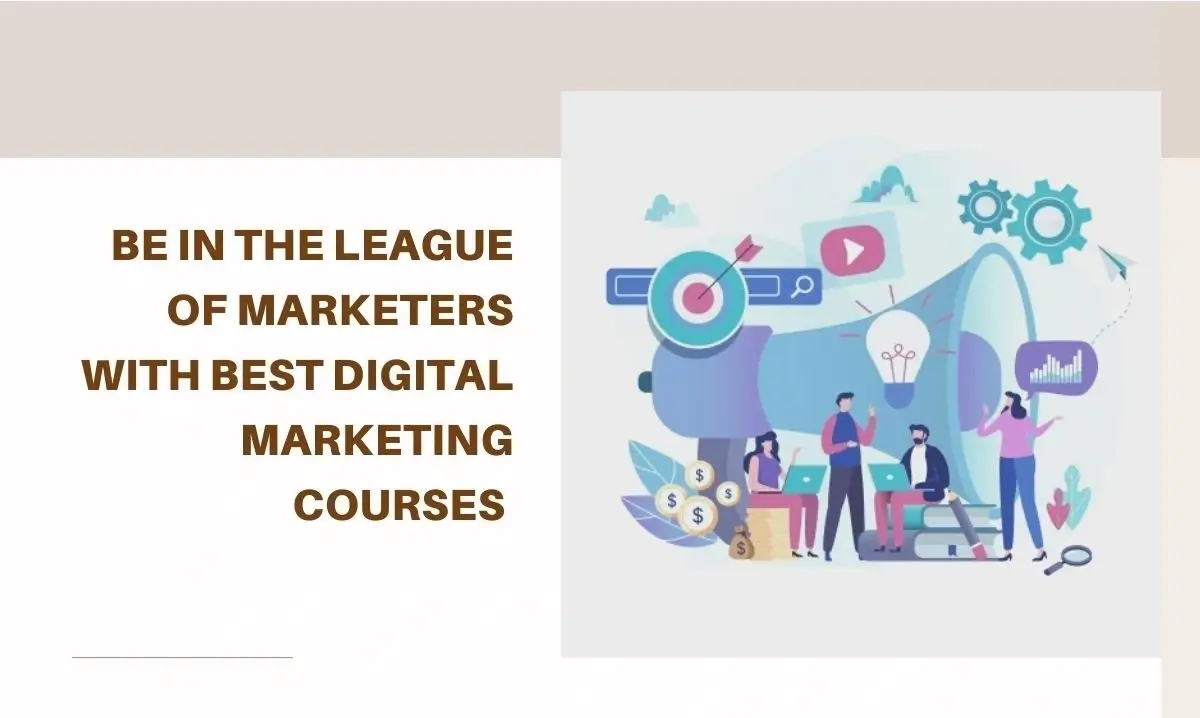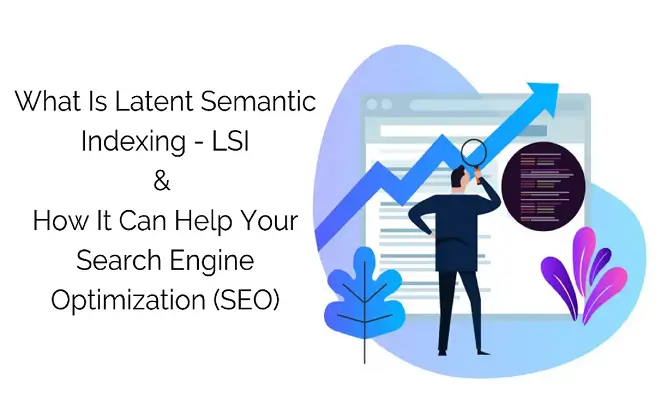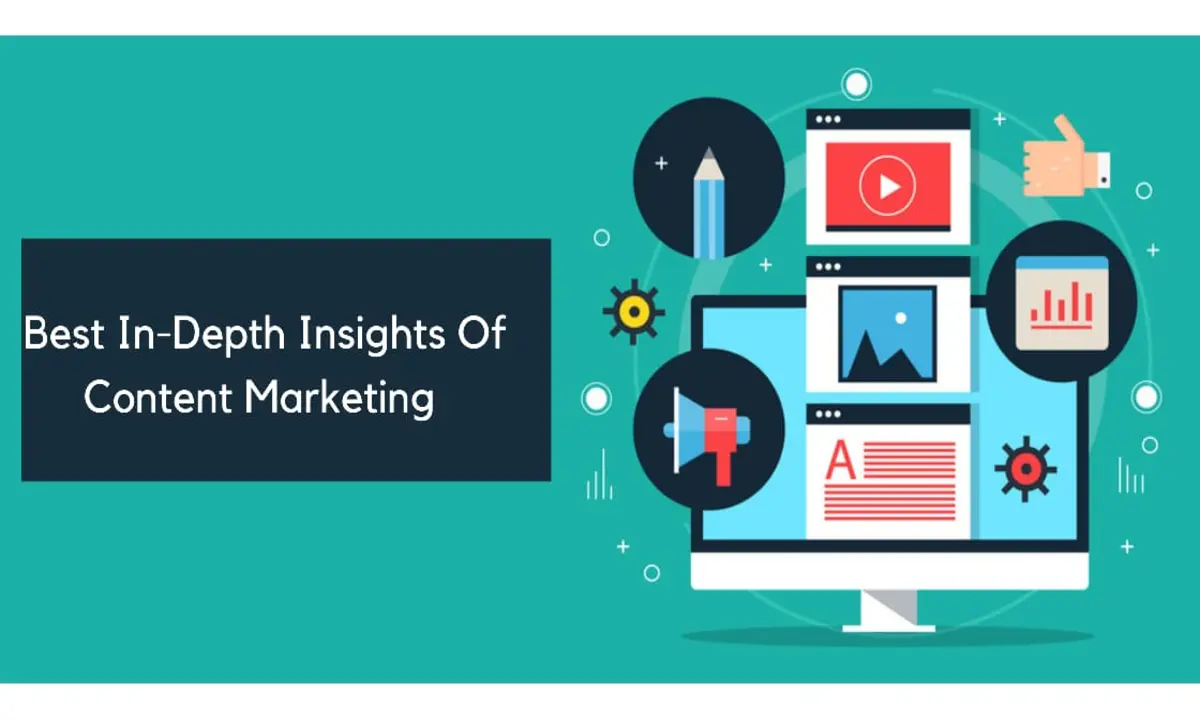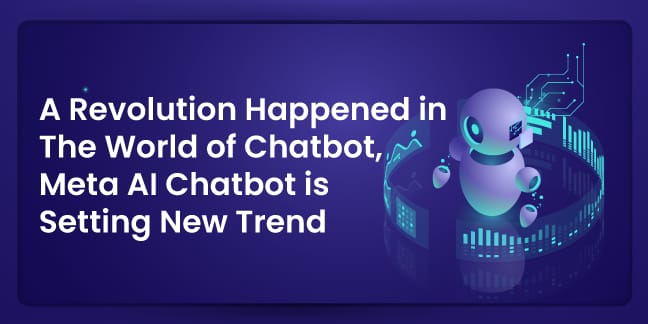
Recently there has been a big change in the tech world. Meta recently launched their new AI Chatbot. Online messaging software Whatsapp recently got its new AI feature. Where users can directly chat with Meta AI Chatbot. But this feature is only available in limited countries, India is one of them.
Meta AI can be a tough competitor of Chatgpt, Dall E, Copilot, and more. But Meta AI is not available on any other platform. Meta has integrated it into its messaging app like WhatsApp. With this AI tool, WhatsApp is getting smarter. With this new feature, users can generate images and gifs using text prompts.
Table of Contents
-
- What are AI Chatbots?
- Importance of AI Chatbots
- How AI Chatbots Work?
- Types of Chatbots:
- What is a Meta AI Chatbot?
- Meta AI Availability:
- How to chat with Meta AI on WhatsApp?
- How to chat with Meta AI on WhatsApp Group?
- How do you use Meat AI on Instagram?
- How do you generate images with Meta AI?
- Difference between Generative AI and Meta AI
- Conclusion:
What are AI Chatbots?
AI chatbot is an artificial intelligence-powered program designed to simulate human-like conversations with users. These chatbots use natural language processing (NLP) and machine learning algorithms to understand user queries and respond in a manner that is similar to human interaction. By analyzing input text or speech, AI chatbots can interpret the user’s intent and provide relevant information or assistance.
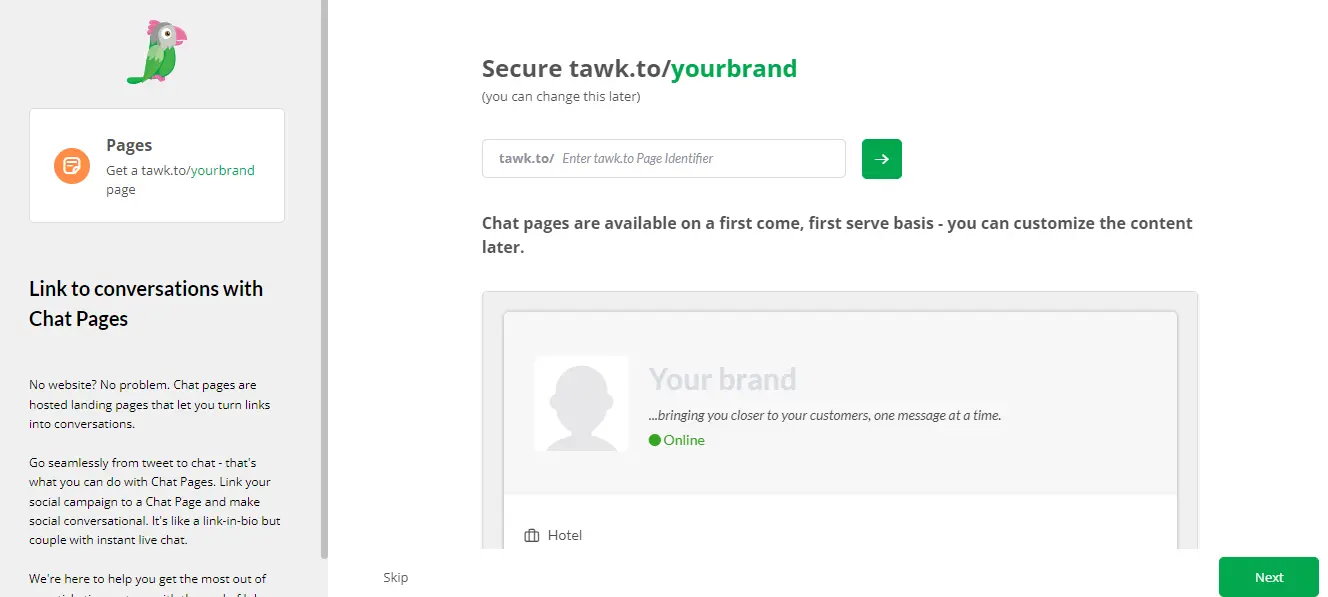
Importance of AI Chatbots:
- Enhanced Customer Service: AI chatbots provide instant and round-the-clock support to customers, addressing their queries and concerns in real time. By offering timely assistance, chatbots improve customer satisfaction levels and foster loyalty, leading to positive brand experiences2.Increased Efficiency: AI chatbots automate repetitive tasks and inquiries, freeing up human resources to focus on more complex and value-added activities. With the ability to handle multiple inquiries simultaneously, chatbots streamline processes and reduce response times, resulting in enhanced operational efficiency.
- 24/7 Availability: Unlike human agents, AI chatbots are available 24/7, ensuring uninterrupted support and engagement for users across different time zones and geographies. This constant availability enhances accessibility and convenience, catering to the needs of customers at any time of the day or night.
- Personalized Interactions: Through advanced machine learning algorithms, AI chatbots can analyze user data and preferences to deliver personalized recommendations and responses. By understanding individual needs and preferences, chatbots create more engaging and relevant interactions, driving higher levels of user satisfaction and engagement.
- Data Insights and Analytics: AI chatbots collect valuable data from user interactions, providing businesses with valuable insights into customer behavior, preferences, and trends. By analyzing this data, organizations can make informed decisions, optimize their strategies, and identify areas for improvement, ultimately driving business growth and success.
How AI Chatbots Work?
Step 1: A user starts a conversation by typing in a message or speaking to a chatbot.
Step 2: To understand the users’ intent, Chatbot uses NLP to analyze the words and phrases in the message.
Step 3: To give relevant answers Chatbot searches its database of pre-programmed responses.
Step 4: With the help of the user interface the response to the user.
Step 5: The user can then choose to respond further and the process will repeat until the conversation ends.
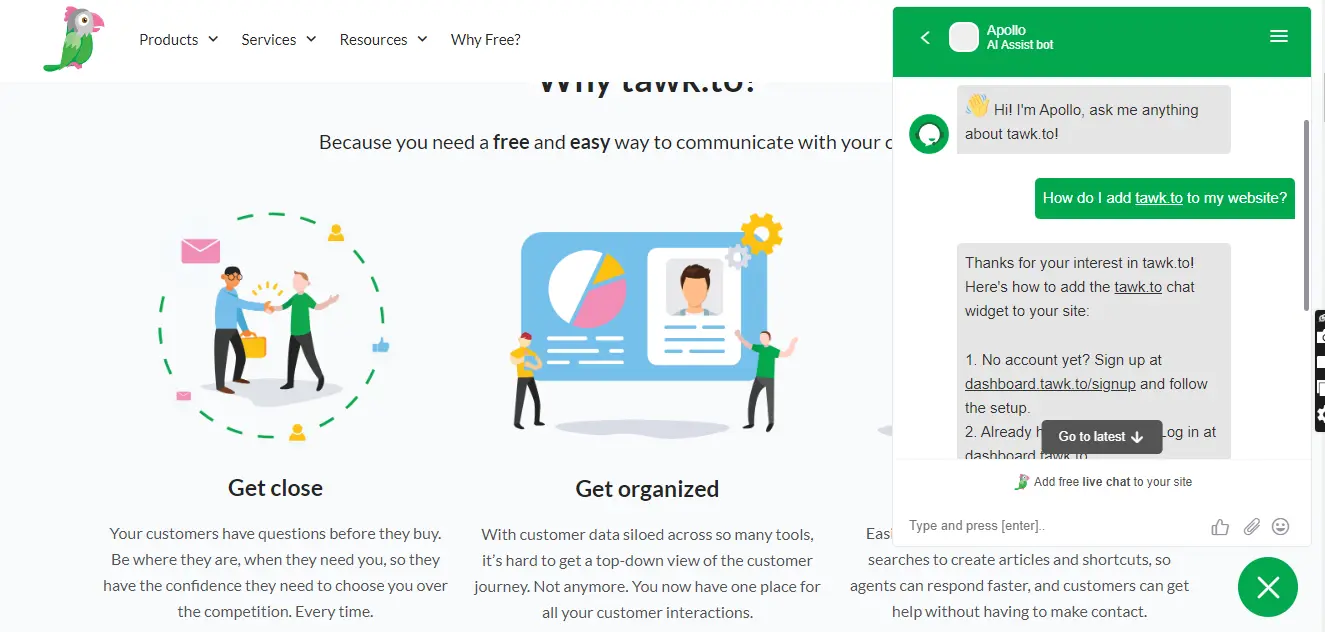
Types of Chatbots:
Voice Bots:
A voice bot is an AI-powered communication channel and Natural Language Understanding (NLU) that can generate text-to-speech and speech-to-text. AI innovation helps in distinguishing key discourse signals and deciding the ideal conversational reaction. The text-to-speech (TTS) motor along these lines completes the interaction by changing the message into sound or voice.
Voice chatbots allow users to interact with technology more naturally and intuitively by using spoken language. This eliminates the need for typing, making interactions faster and more convenient. It also enables hands-free operations. By simply speaking commands or inquiries users can access information.
Hybrid Chatbots:
A hybrid chatbot seamlessly integrates automated chat functionalities with live chat support, offering a comprehensive solution that combines the strengths of both approaches. While the chatbot handles routine inquiries and tasks efficiently, a human customer service representative is readily available during live chat sessions to address more complex or specialized customer queries that require human intervention. This hybrid model ensures a balanced and effective customer service experience, optimizing both automation and human expertise to meet the diverse needs of users.
While an AI-driven chatbot follows predefined programming to mimic human-like conversations and cater to user needs, a hybrid chatbot takes an energetic approach by starting automated chats and striving to address user inquiries quickly. If the chatbot faces any difficulties or fail to meet expectations, a customer service agent can step in at any point to fulfill the user’s request. This dynamic process makes sure that users receive prompt assistance and support, between automated and human-driven interactions as needed.
Social Messaging Chatbots:
Social media chatbots operate within messaging platforms such as Facebook Messenger, WhatsApp, and Slack. They enable businesses to engage with customers, answer inquiries, and provide support directly through social media messaging channels, enhancing customer communication and satisfaction.
To use a social messaging chatbot, users typically initiate a conversation with the chatbot within the messaging app by sending a message or clicking on a predefined button or link. The chatbot then responds automatically, guiding the user through various interactions based on their queries or actions. Users can engage with the chatbot by typing messages, selecting options from menus, or tapping on buttons to navigate through different conversation flows.
Keyword-based Chatbots:
Keyword-based chatbots operate on the principle of identifying specific keywords or phrases within user responses or actions. These chatbots typically rely on predefined rules or decision trees that map keywords to corresponding responses. When a user interacts with a keyword-based chatbot, the system analyzes the input text or speech to identify relevant keywords and triggers predetermined actions or responses associated with those keywords.
The use of keyword-based chatbots is relatively easy and suitable for handling simple and predictable interactions. By focusing on specific keywords, these chatbots can efficiently guide users through predefined pathways or processes, such as providing information, answering frequently asked questions, or initiating basic transactions.
Menu-based Chatbots:
Menu-based chatbots are chatbots that utilize a structured menu system to guide users through interactions and provide responses or actions based on predefined options. Instead of relying solely on natural language processing (NLP) to interpret user input, menu-based chatbots present users with a series of menus, buttons, or options to choose from, simplifying the interaction process and ensuring clarity and precision in communication.
Menu-based chatbots are commonly used where the interaction flow is well-defined and the range of possible user inputs is limited. They are particularly effective for tasks such as order processing, appointment scheduling, FAQ assistance, and information retrieval, where users can benefit from a clear and structured navigation experience. By presenting users with a menu of options, these chatbots simplify the interaction process, reduce the likelihood of misunderstandings, and ensure a smoother and more efficient user experience.
Contextual Chatbots:
Contextual chatbots are chatbots that use contextual understanding to provide more personalized and relevant responses to users. Unlike traditional chatbots that focus on the current message or query, contextual chatbots take into account the broader context of the conversation, including previous interactions, user history, and situational cues, to generate more accurate and meaningful responses.
Contextual chatbots enhance user experiences by delivering more personalized and contextually relevant responses and helping to increase user engagement. They are used across various domains like customer service, e-commerce, virtual assistant, and more.
What is a Meta AI Chatbot?
Meta recently introduced its AI-powered chatbot to users on Instagram and WhatsApp. This chatbot boasts advanced artificial intelligence capabilities, enabling it to fetch real-time data, generate both text and images and respond to user inquiries. This chatbot also includes safeguards to prevent users from accessing sensitive topics or engaging in controversial discussions, demonstrating Meta’s commitment to promoting a safe and positive user experience across its platforms.
The chatbot is operated by Meta’s latest innovation, Llama 2, which incorporates the company’s Large Language Model (LLM) research. Additionally, Meta has collaborated with Microsoft Bing search to enhance the chatbot’s functionality by delivering relevant information and links upon request. However, it’s important to note that the chatbot currently has its limitations—it cannot respond to voice commands or engage in conversations like OpenAI’s ChatGPT. Despite these constraints, the chatbot still offers valuable features and capabilities to users within its current scope.
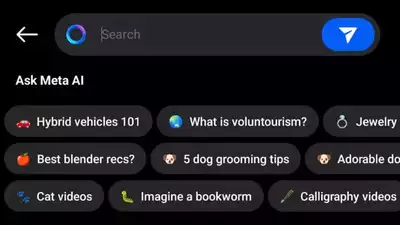
Meta AI Availability:
Platforms: WhatsApp, Instagram and Messenger
Countries: It is rolled out in English in the US, Canada, Australia, New Zealand, South Africa, Ghana, Jamaica, Malawi, Nigeria, India, Pakistan, Singapore, Uganda, Zambia, and Zimbabwe. The company will bring it to more countries and languages in the future.
How to chat with Meta AI on WhatsApp?
Step 1: Open WhatsApp on your smartphone.
Step 2: Tap on new chat and select “Meta AI”
Step 3: If you are using it first time then accept the terms and conditions.
Step 4: Once you have done then you can begin your regular conversation.
How to chat with Meta AI on WhatsApp Group?
In addition to the aforementioned methods, you can also utilize Meta AI within your group chats. By simply tapping the ‘@’ symbol and tagging ‘Meta AI’ along with your question or prompt, you can access the bot’s responses. These responses will be visible to all members of the group conversation.
Meta AI will analyze the communication within the group and generate a relevant response accordingly. Group members can then view or react to the response as needed. It’s important to remember that the bot will only respond to prompts that include the Meta AI mention.
While many users have already received this update, WhatsApp will gradually roll it out to both Android and iOS smartphone users in the coming days.
How do you use Meat AI on Instagram?
Step 1: Make sure you have the latest version of the Instagram app installed on your iOS or Android device.
Step 2: Launch the instagram app and click on the messenger icon located at the top right corner of the screen.
Step 3: Look for the “Blue Ring” icon within the search bar. It’s mostly blue and occasionally animated.
Step 4: Tap on the icon then type “@Meta AI” in the text input to start chatting with the Meta AI Chatbot.
How do you generate image with Meta AI?
Step 1: Go to Meta AI Website in your browser
Step 2: Click on “Ask Meta AI Anything…” at the bottom of the page.
Step 3: Start with “Imagine” be detailed in your prompt. Like “Imagine a tiger is drinking coffee”
Step 4: As you type your prompt, you’ll see an example image generated based on your description.
Step 5: Submit your prompt.
Step 6: Meta AI will create images based on your prompt you can download these images or you can regenerate it
Difference between Generative AI and Meta AI
| Subject | Generative AI | Meta AI |
| Functionality | Generative AI encompasses a broader range of models capable of generating new content, such as text, images, or audio, based on learned patterns from data. | Meta AI is primarily designed for understanding and responding to user inquiries within messaging platforms, focusing on providing contextually relevant answers to user queries. |
| Application | Generative AI finds applications in various domains, including creative content generation, text summarization, image synthesis, and more. | Meta AI is commonly used in messaging environments like Instagram and WhatsApp to facilitate communication and interaction between users. |
| Focus | Generative AI focuses on generating new content based on learned patterns and data, often aiming to produce realistic and coherent outputs that mimic human creativity. | Meta AI emphasizes understanding and responding to user queries within specific conversational contexts, aiming to provide accurate and helpful responses. |
| Scope | Generative AI models have a broader scope and can generate diverse types of content beyond text, including images, audio, and even video. | Meta AI operates within predefined conversational environments, analyzing text-based messages and generating responses based on contextual understanding. |
| Use Cases | Generative AI finds applications in creative tasks, data synthesis, content generation, and other areas where generating new content based on learned patterns is desired. | Meta AI is commonly used for customer service, information retrieval, and engagement within messaging platforms, enhancing communication between users. |
Conclusion:
In conclusion, AI chatbots represent a groundbreaking advancement in the field of artificial intelligence, offering unprecedented opportunities for businesses to enhance customer engagement, streamline operations, and drive innovation. As organizations increasingly embrace AI-powered technologies, the adoption of meta AI chatbots holds the potential to further revolutionize the way we interact with technology. By harnessing the capabilities of meta AI chatbots, businesses can unlock new levels of efficiency, personalization, and effectiveness in their conversational AI initiatives, paving the way for a more seamless and engaging user experience. To know about more AI Tools join our Advance Diploma in Digital Marketing course at Institute of Digital and Content Marketing.
Frequently Asked Questions
Meta AI is an artificial intelligence-powered chatbot introduced by Meta (formerly Facebook) for platforms like WhatsApp and Instagram. It focuses on understanding and responding to user inquiries within messaging environments, providing contextually relevant answers. Unlike generative AI, which encompasses a broader range of models for content generation, Meta AI is tailored specifically for conversational interactions.
Meta AI on WhatsApp and Instagram offers real-time data fetching, text and image generation capabilities, and responses to user inquiries. It incorporates advanced AI technology to analyze user messages and provide relevant information. However, it currently does not support voice commands or engage in conversations like other AI chatbots such as ChatGPT.
Meta AI is currently available in English in several countries, including the US, Canada, India, Pakistan, and Singapore, among others. Meta plans to expand its availability to more countries and languages in the future.
Users can interact with Meta AI on WhatsApp by starting a new chat with “Meta AI” and sending their queries or prompts. On Instagram, users can initiate conversations by searching for “@Meta AI” within the messenger interface and typing their messages.
While Meta AI excels in understanding and responding to user inquiries within messaging platforms, it currently lacks support for voice commands and cannot engage in free-flowing conversations like ChatGPT. Additionally, Meta AI is primarily designed for specific platforms like WhatsApp and Instagram.
Yes, users can generate images with Meta AI by visiting the Meta AI website and providing detailed prompts such as “Imagine a tiger drinking coffee.” The AI then generates images based on these prompts, which users can download or regenerate as needed.
Generative AI encompasses a broader range of models capable of generating new content based on learned patterns from data, including text, images, and audio. Meta AI, on the other hand, is specifically designed for understanding and responding to user inquiries within messaging platforms, focusing on contextually relevant answers.
Meta AI incorporates safeguards to prevent users from accessing sensitive topics or engaging in controversial discussions. It also collaborates with platforms like Microsoft Bing search to enhance its functionality by delivering relevant information and links while ensuring a safe and positive user experience.
Common use cases of Meta AI in messaging environments include customer service, information retrieval, and engagement. It facilitates communication between users by providing accurate and helpful responses to queries within specific conversational contexts.
Meta AI enables businesses to enhance customer engagement, streamline operations, and drive innovation by harnessing the capabilities of AI-powered chatbots. It offers opportunities for businesses to unlock new levels of efficiency, personalization, and effectiveness in their conversational AI initiatives, ultimately leading to a more seamless and engaging user experience.
